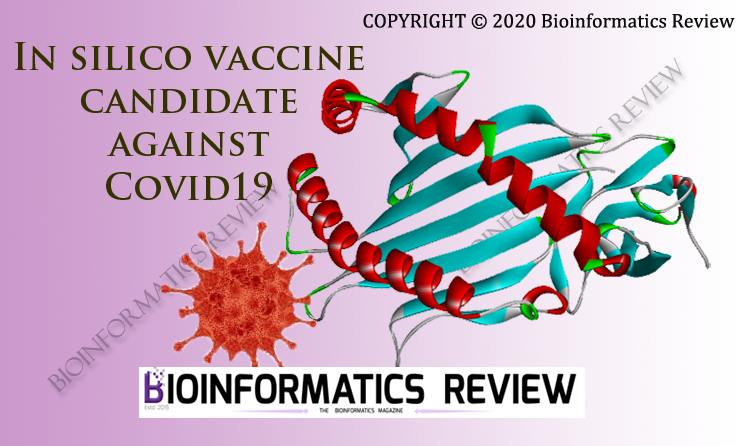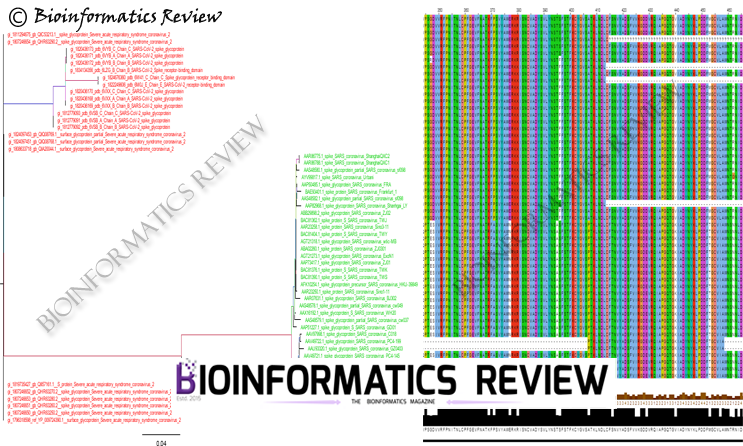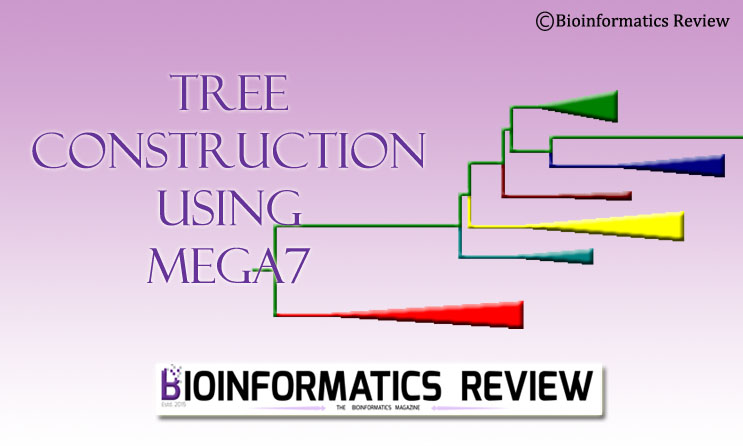Covid19 has created a great threat to human health. As you are aware, in this coronavirus outbreak, Bioinformatics Review has created a group, BiR-nCov19 Drug Development Team, to work on finding prevention to this disease. This research group consists of researchers from all over the world. Our team is working very hard to obtain useful information on the prevention of Covid19. We keep updating all information on our COVID page.
Recently, our team has designed an in silico vaccine candidate against Covid19. This is still under process but here you can find our archived preprint.





